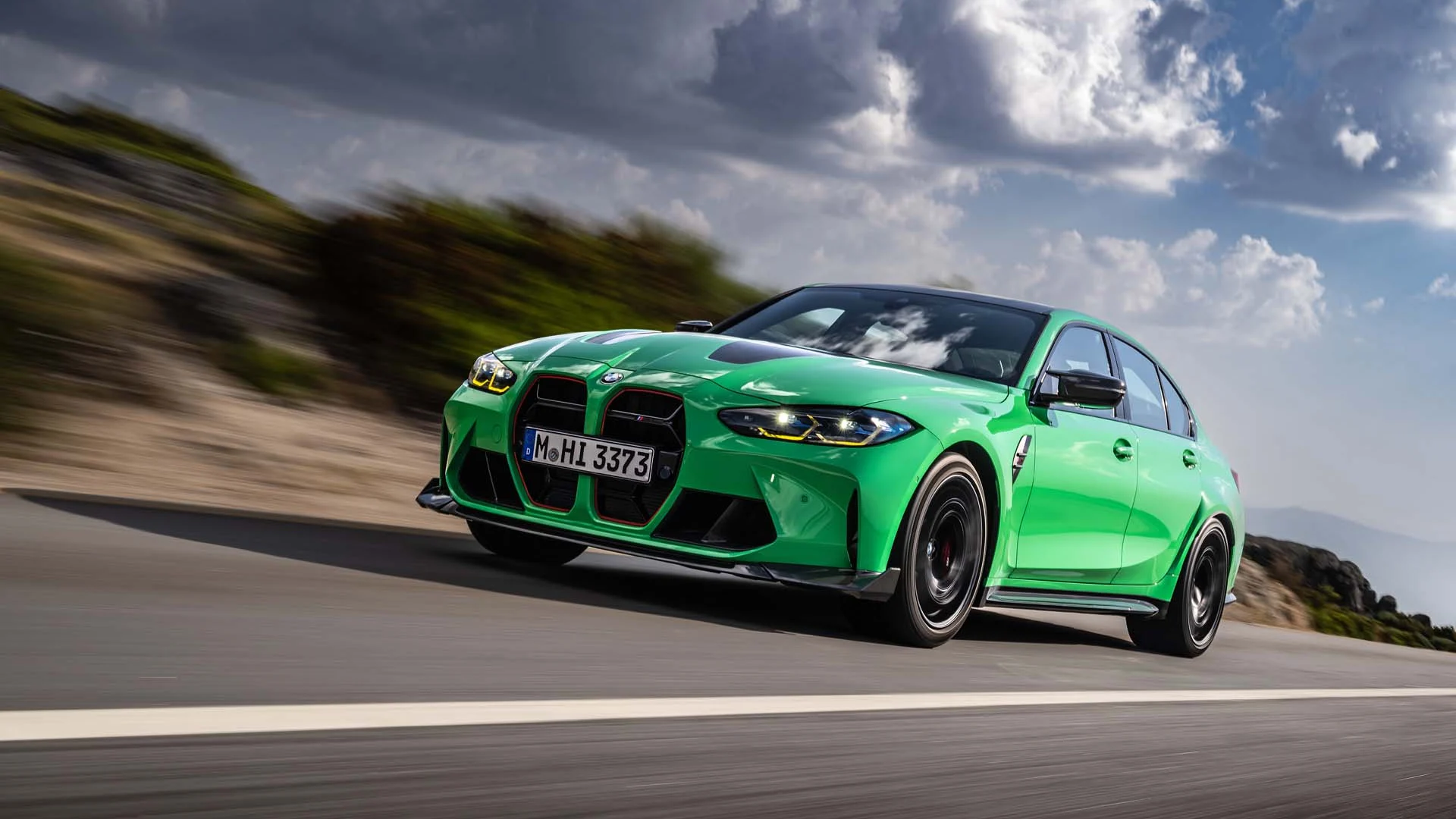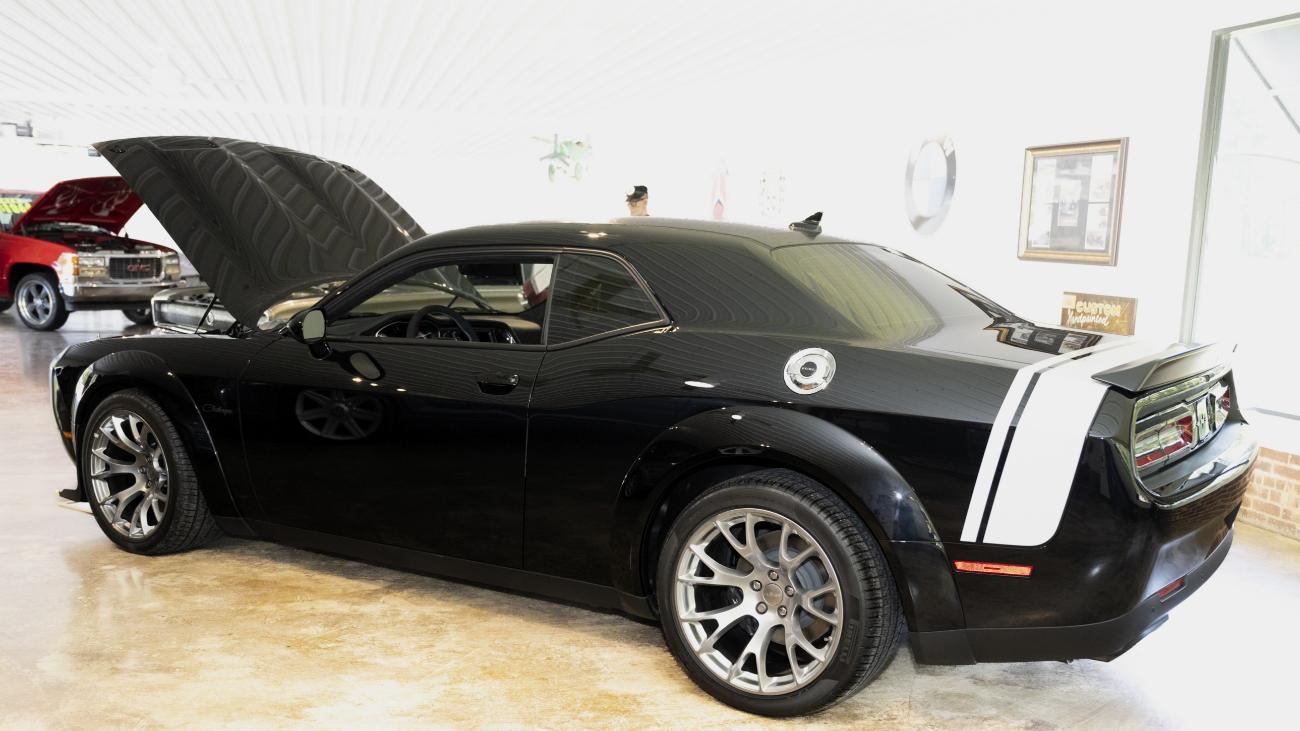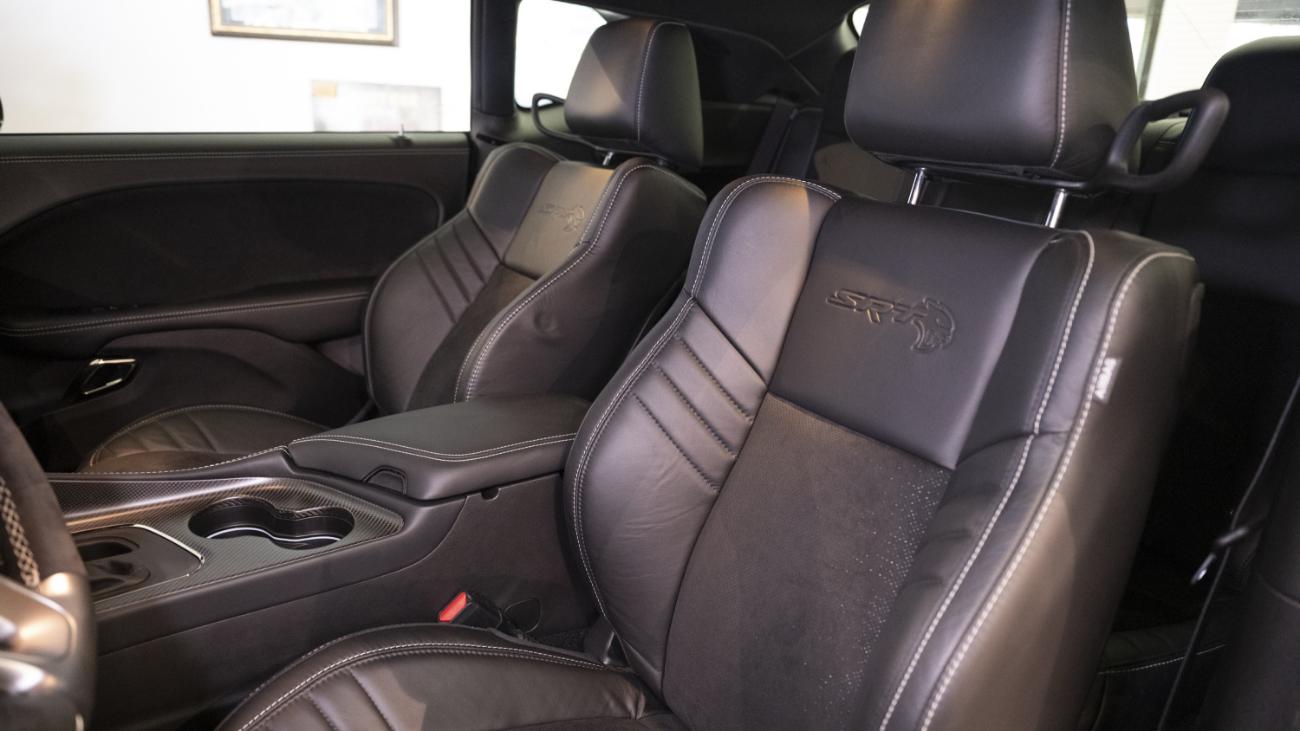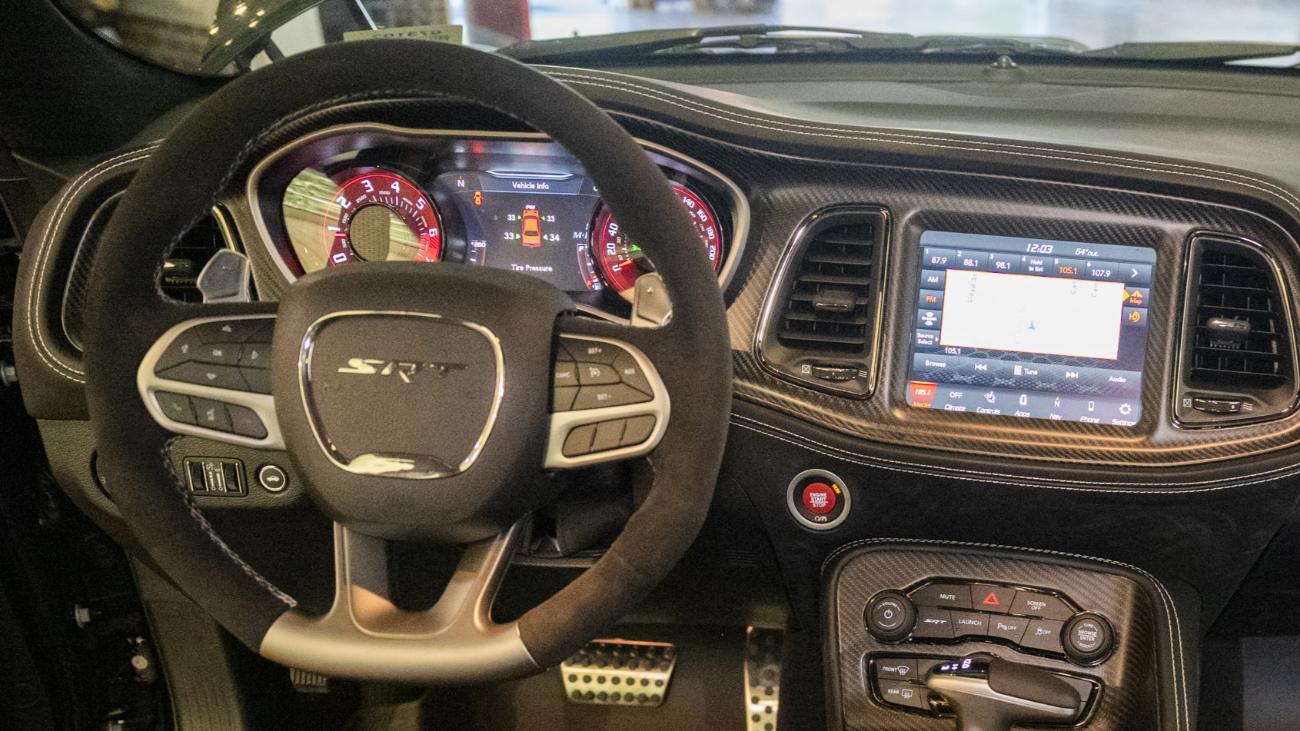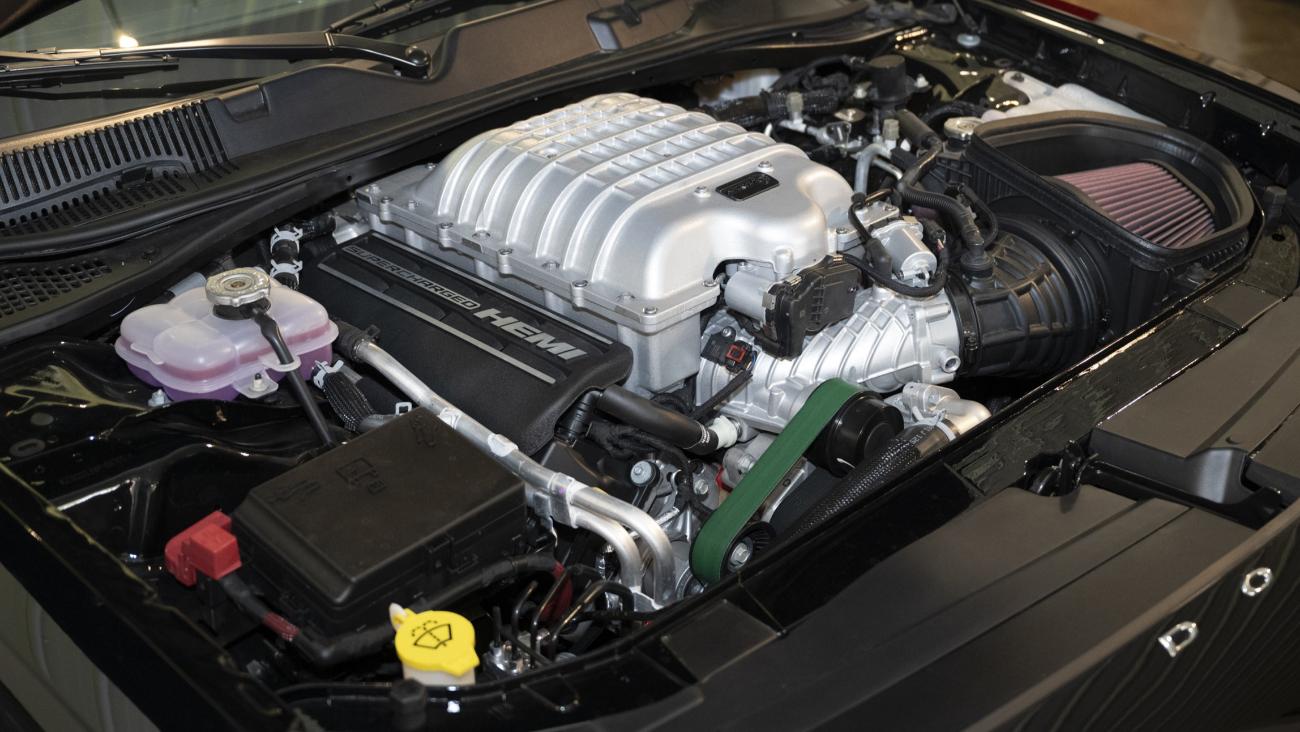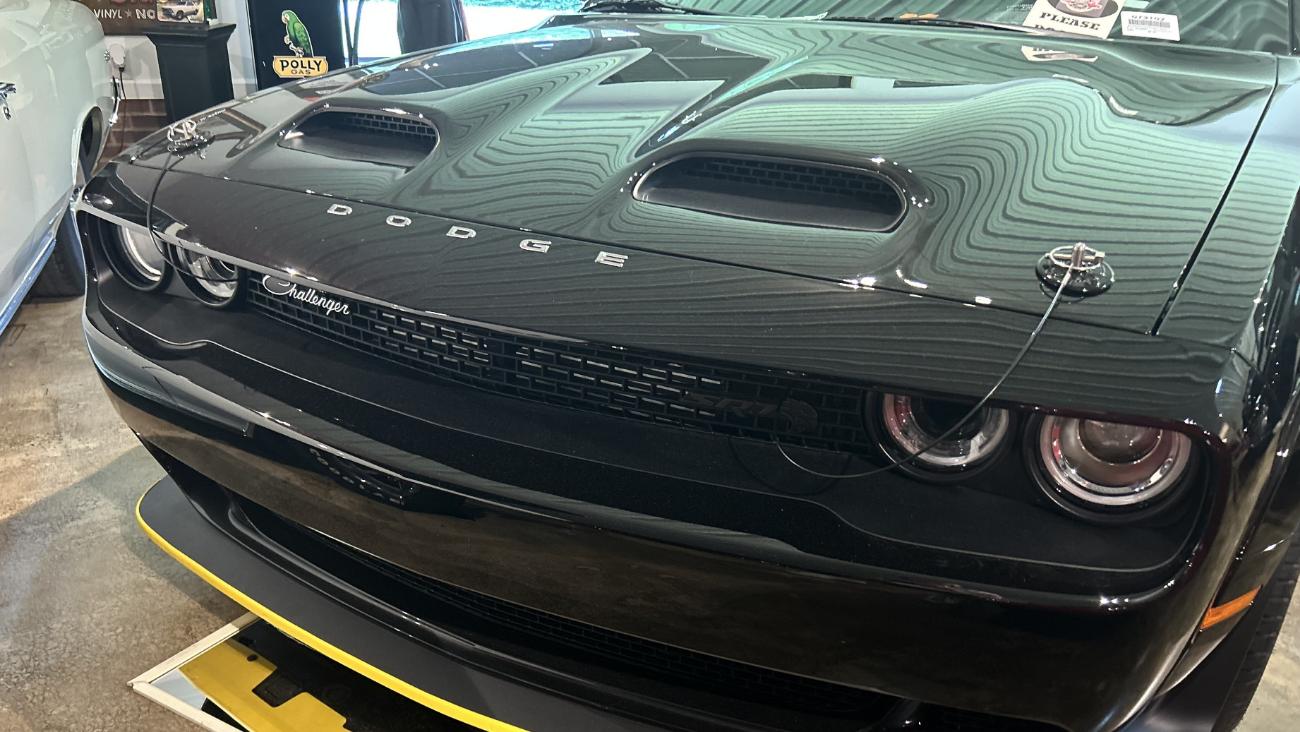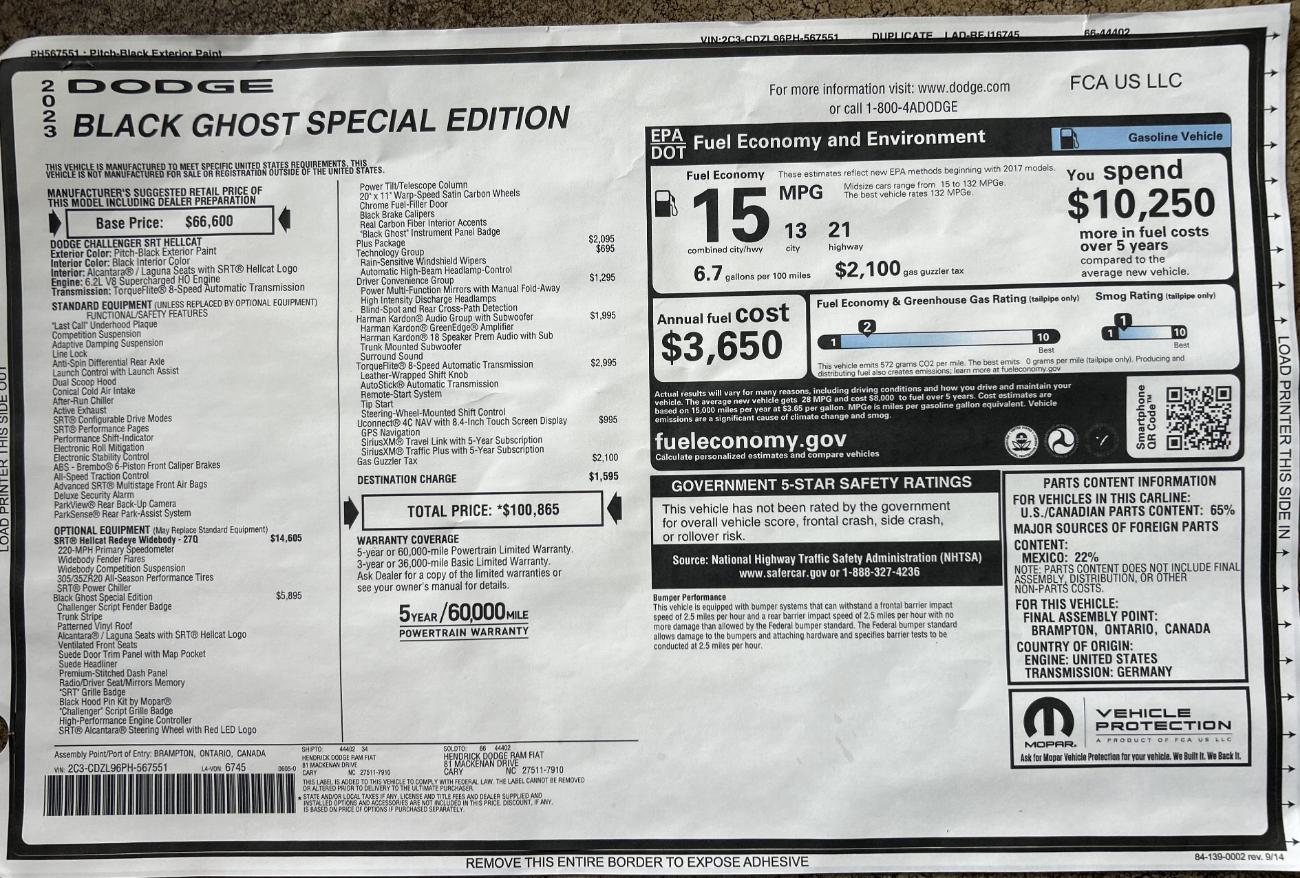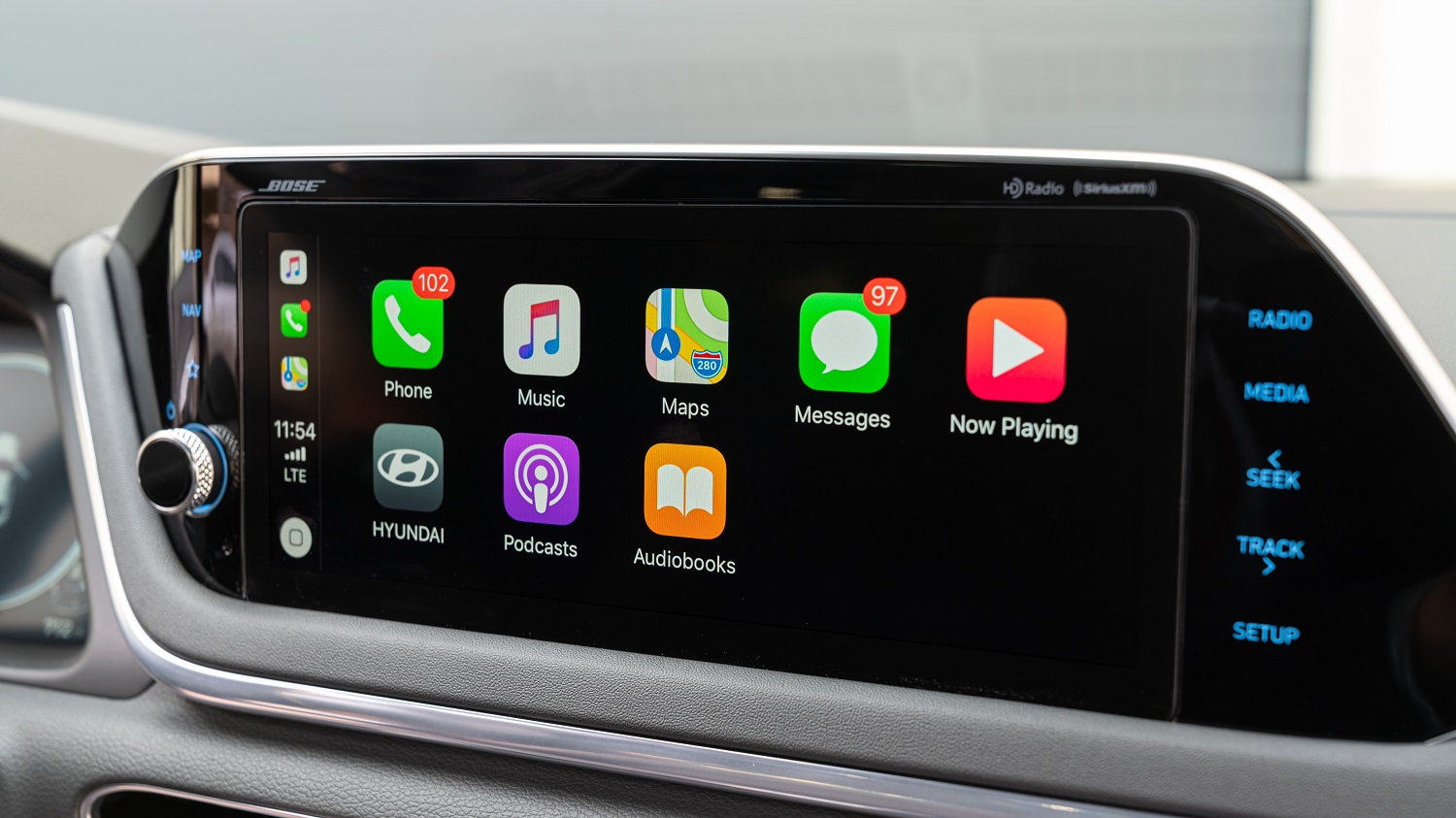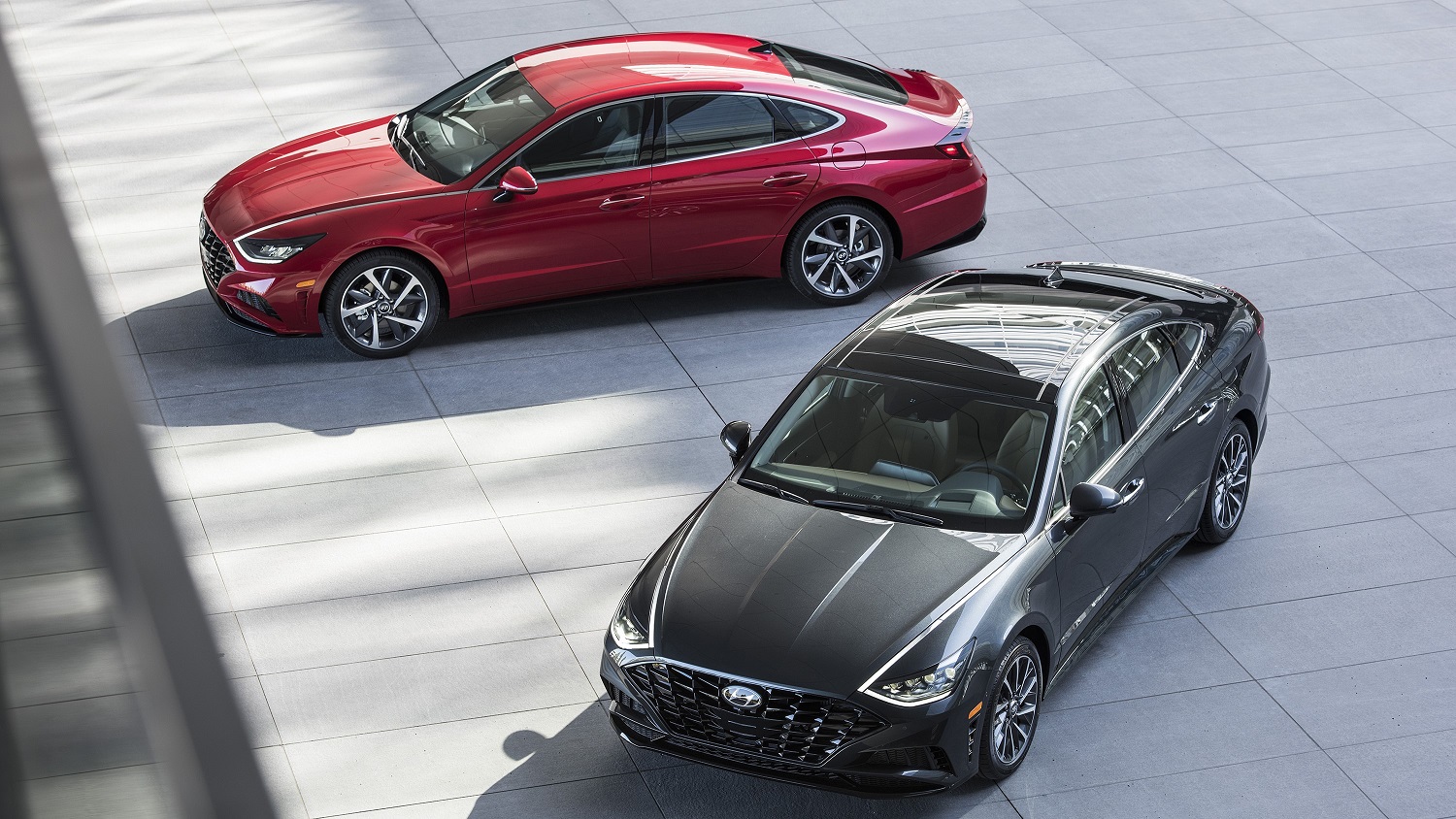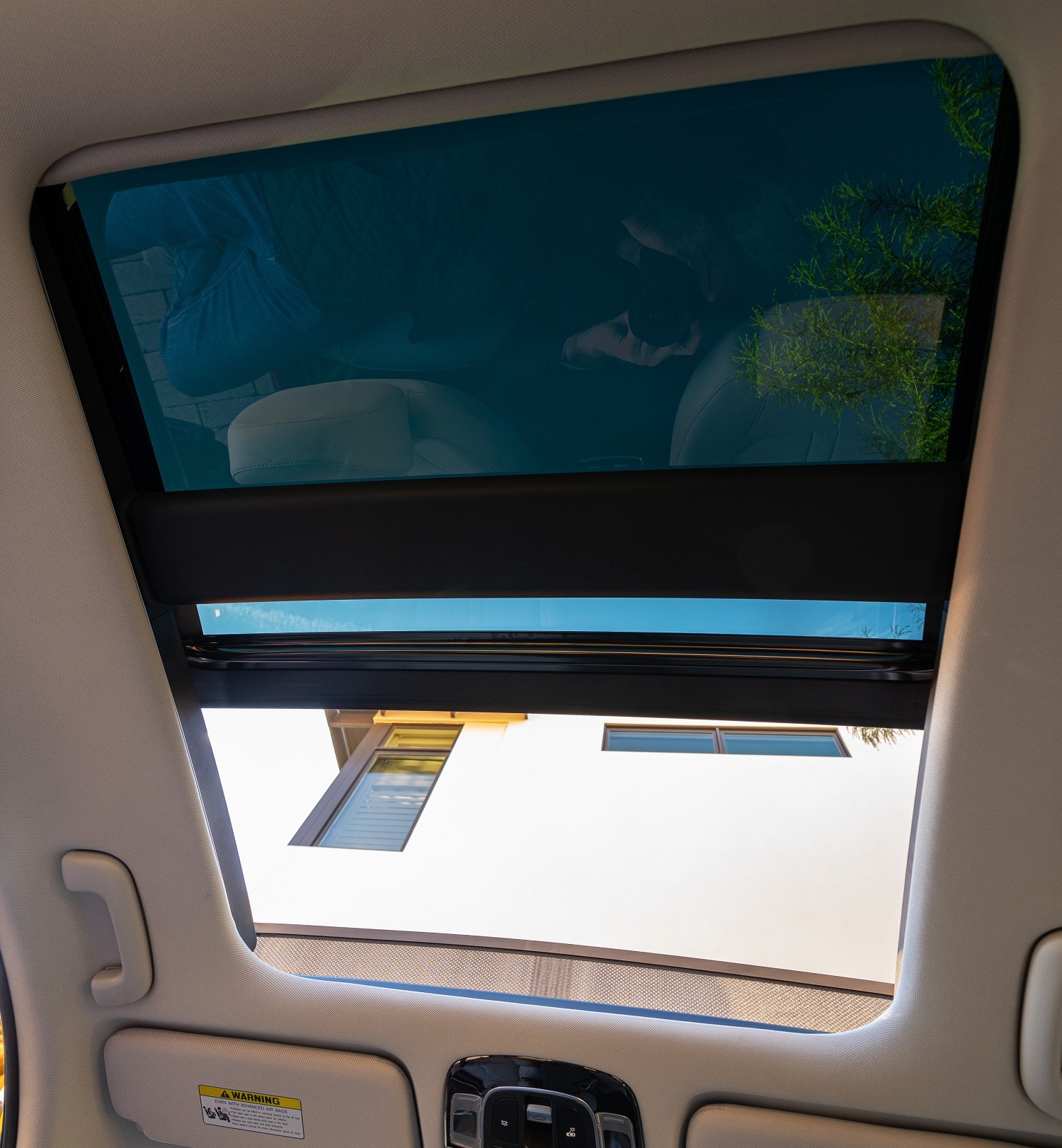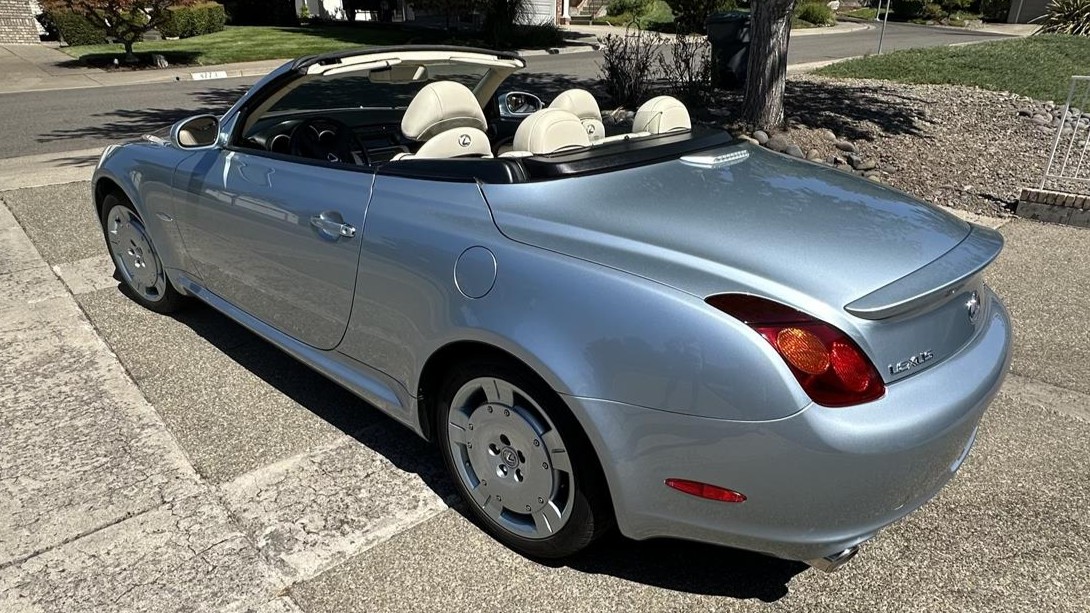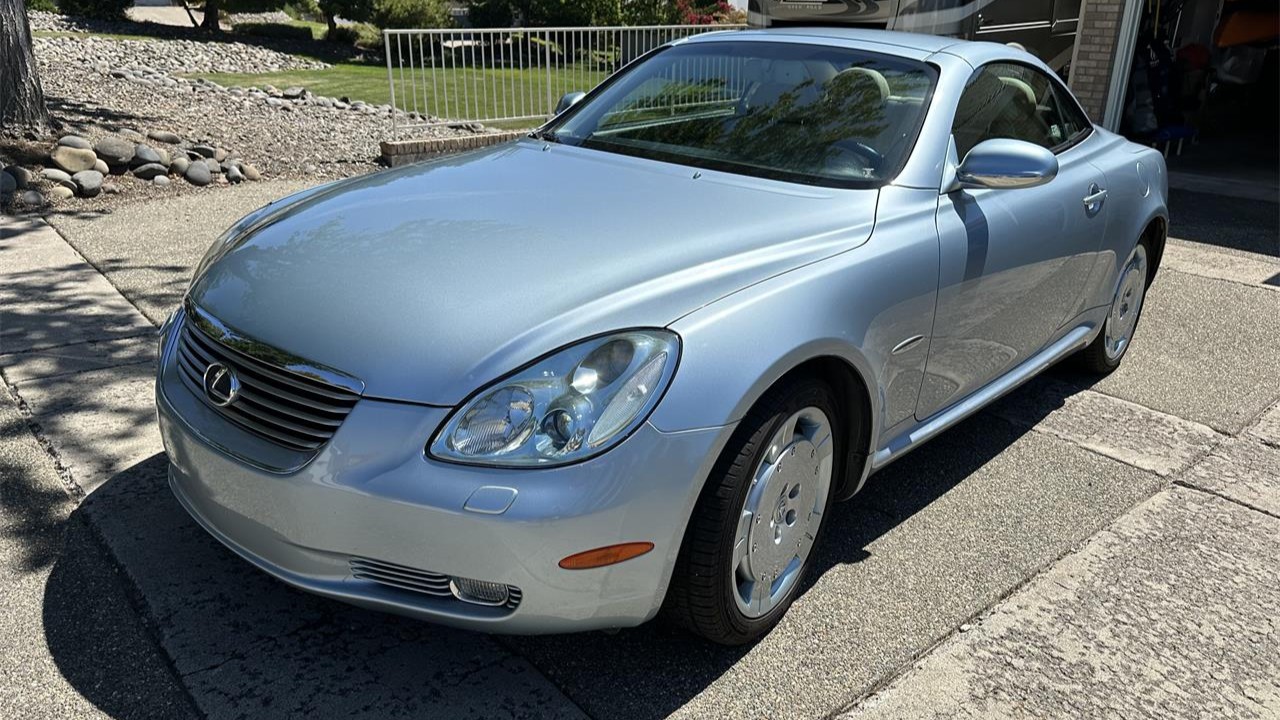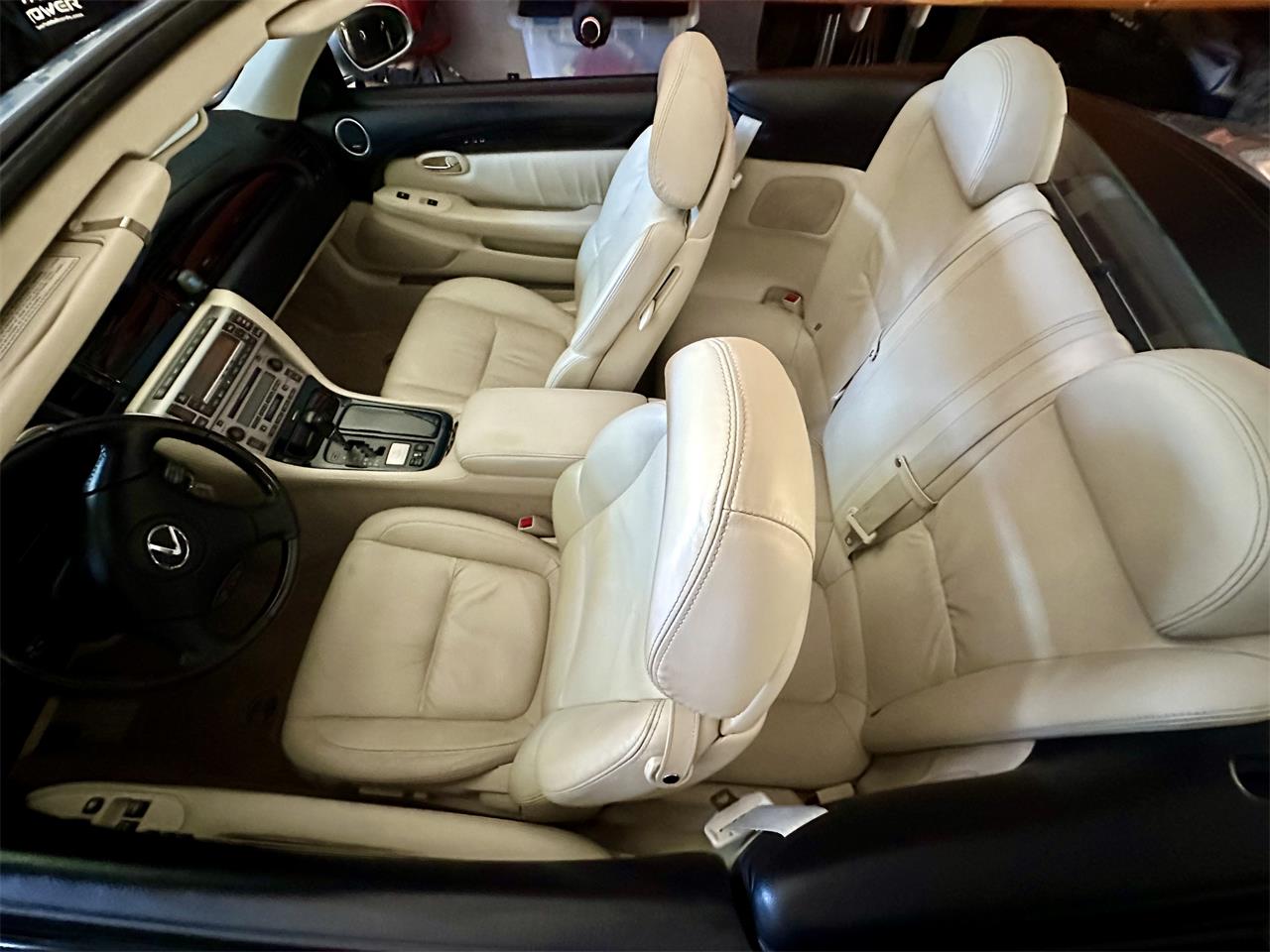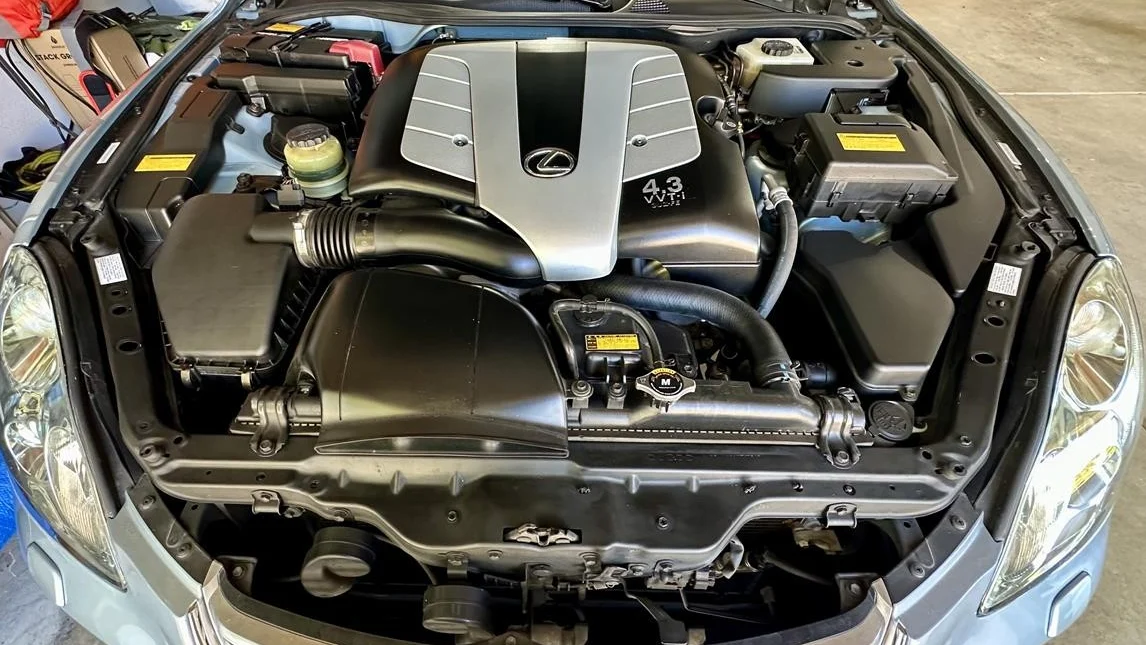This Studebaker “Dream Roadster” was purchased by the seller as a 1957 Studebaker Golden Hawk in 2002 and subsequently modified over the course of a custom build that was finished in 2019. The body was altered using steel panels from various production vehicles before being repainted in a Sunrise Pearl House of Kolor finish. Power comes from a 4.6-liter Ford V8 paired with a three-speed automatic transmission, and additional features include independent front and rear suspension along with four-wheel disc brakes, power-assisted steering, 20″ Weld wheels, and black leather and cloth upholstery. The car was used by Microsoft as a model for the Forza Horizon 4 video game as part of the Hot Wheels Legends Car Pack, and other recognition is said to have included winning first in class awards at the 2019 and 2020 Detroit Autorama, being a Gene Winfield “Select Six” contender at the 2019 Syracuse Nationals in New York, a “Fine Nine” contender and Darryl Starbird’s “Personal Choice” award at the Darryl Starbird National Rod & Custom car show in 2020, and a “Judge’s Pick” award winner at 2021 Eyes on Design Concours d’Elegance in Grosse Pointe Shores, Michigan, in addition to SEMA “Battle of the Builders” participation. It was offered by the seller on BaT in May 2022, and it has since been driven 100 miles. This “Dream Roadster” is now offered with a build book, parts records, assorted literature, and a clean Michigan title that describes the vehicle as a 1957 Studebaker.

Drawing influence from the Bill Cushenbery-built Car Craft “Dream Rod” coupe and its subsequent “Tiger Shark” redesign that would serve as the basis for the Hot Wheels “Python” model, the seller fabricated a custom steel roadster body utilizing several production car pieces prior to its finish in House of Kolor Sunrise Pearl. Details include a Studebaker cowl, windshield, and door frames, a 1960 Pontiac nose section and door skins, a 1959 Ford Thunderbird hood, and rear sheet metal from a 1963 Chevrolet Corvair.

Additional details include a 1967 Oldsmobile Toronado right-side headlight door, Harley-Davidson-sourced headlights, and 1965 Shelby Mustang side mirrors as well as a modified Lincoln Mark VIII tail light section and a 1988 Audi sunroof grafted into the rear deck to access the trunk and fuel filler.

Polished Weld Evo 20″ wheels wear Nitto tires sized 245/35 up front and 295/40 out back that have been modified with gold stripes. Braking is handled by slotted cross-drilled rotors paired with six-piston Wilwood calipers on the front along with inboard cross-drilled units at the rear. The suspension consists of a chrome-finished 1996 Corvette-sourced independent front suspension assembly with inboard cantilevered shocks along with a Jaguar XJS-sourced rear setup with chrome coilovers. The car is equipped with power-assisted rack-and-pinion steering.

The open cabin features Corbeau fixed-back bucket seats clad in black leather and cloth along with color-coordinated trim panels and carpeting. The shifter is housed within a custom center console, and additional equipment includes a Nardi steering wheel mounted to an Ididit steering column, RJS lap harnesses, and shift and turn signal indicators incorporated into the rear-view mirror.

Refurbished Studebaker instrumentation consists of a 6k-rpm tachometer and a 120-mph speedometer flanked by readings for fuel level, voltage, coolant temperature, and oil pressure. The five-digit odometer indicates that nearly 125 miles have been driven since completion of the build. True mileage is unknown. The windshield wipers are inoperative.

A 4.6-liter Ford Modular V8 was installed during the build and features a Holley Street Demon carburetor fitted atop a powder-coated Edelbrock intake manifold. Cooling is from a Griffin aluminum radiator with electric fans, and other additions include a Ron Francis wiring kit, MSD ignition components, a Rock Valley stainless-steel 15-gallon fuel tank, and a pair of Sanderson headers linked to a side-exiting exhaust system. The seller notes cracks are present at the end of the front-hinged hood.

Power is sent to the rear wheels through a C4 three-speed automatic transmission. Additional underside images are shown in the gallery.

Materials accompanying the car include a book that summarizes the build, a custom hand-stitched bag, service records, and assorted literature.

In addition to the aforementioned awards, the car was featured in season 10, episode 15 of the television show Bitchin’ Rides, and it was displayed at the Triple Crown of Rodding in Nashville, Tennessee.
